Right now, as you read this, thousands of tiny stowaways are crossing America’s borders undetected. They’re not hiding in shipping containers or sneaking past customs agents – they’re traveling in ways that would make the most creative smuggler jealous. These microscopic migrants are insects, and they’ve been perfecting the art of international travel long before humans ever dreamed of passports.
The Silent Invasion Through Global Trade
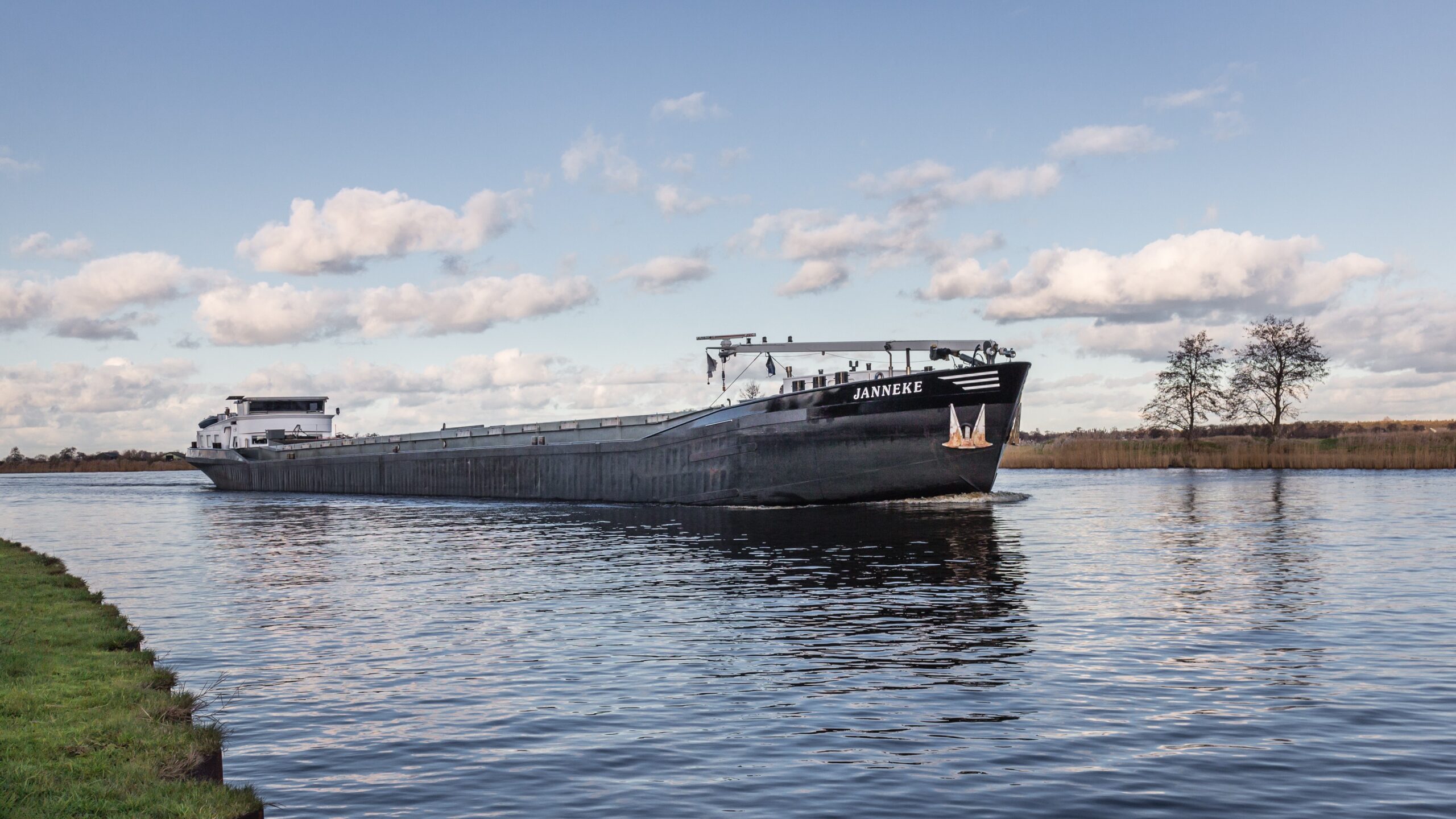
Every cargo ship, airplane, and truck that enters the United States carries more than just goods – it’s potentially carrying a biological lottery ticket that could reshape entire ecosystems. The scale is staggering: over 11 million shipping containers enter U.S. ports annually, and each one represents a potential gateway for invasive species.
These metal boxes create perfect microclimates for insects during their ocean journeys. Temperature fluctuations, humidity levels, and the presence of organic materials provide ideal conditions for bugs to survive weeks-long voyages. Some insects enter a state called diapause, essentially hibernating until conditions improve, making them nearly impossible to detect during routine inspections.
The most concerning aspect isn’t just the number of containers, but the diversity of their origins. Insects from tropical rainforests, temperate grasslands, and desert regions all find their way into the same port cities, creating unprecedented mixing of species that would never naturally encounter each other.
Wooden Packaging: The Trojan Horse of Insect Transport
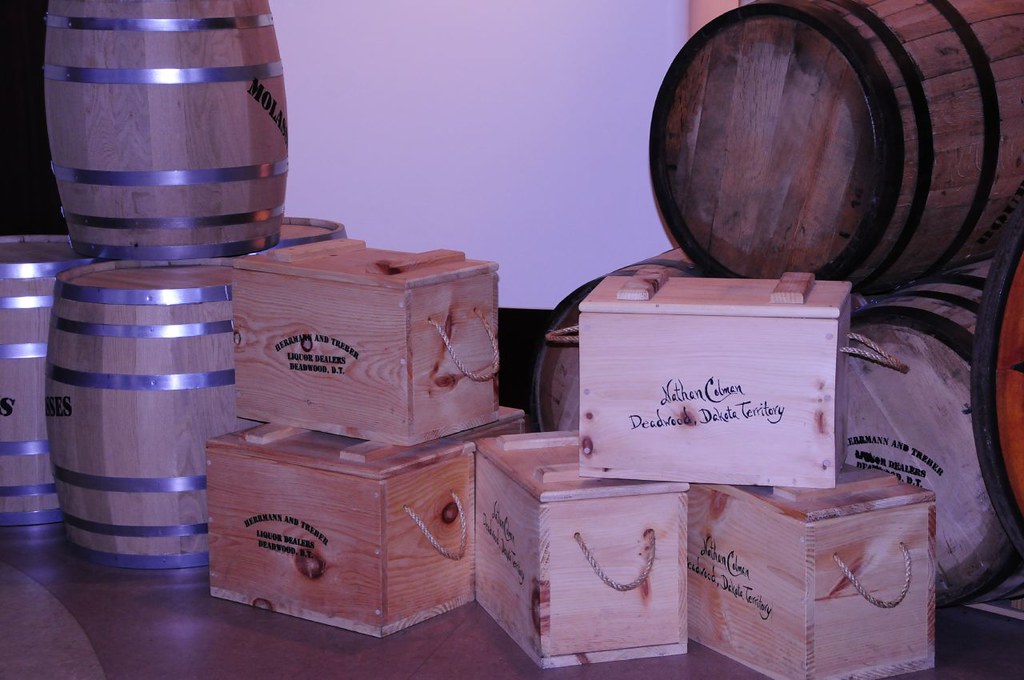
Wood might seem like an unlikely accomplice in biological invasions, but it’s actually one of the most effective vehicles for insect smuggling. Wooden pallets, crates, and packaging materials harbor countless species of wood-boring beetles, termites, and other insects that can remain dormant for months.
The emerald ash borer, which has devastated American ash trees, likely arrived in wooden packaging from Asia. This metallic green beetle was completely unknown in North America until 2002, yet it had probably been traveling in wooden crates for years before anyone noticed. The insect’s larvae tunnel through wood, creating intricate galleries that weaken the material while providing perfect protection during transport.
International standards require wooden packaging to be treated with heat or chemicals, but enforcement varies dramatically between countries. Some insects have evolved resistance to these treatments, while others simply hide in parts of the wood that don’t reach lethal temperatures during processing.
Agricultural Imports: Hidden Passengers in Our Food

Your morning coffee, exotic fruits, and imported vegetables might come with unexpected extras. Agricultural products provide both transportation and sustenance for countless insect species, making them incredibly effective vectors for biological invasions.
Fresh produce creates particularly challenging scenarios for border inspections. Fruits and vegetables must be processed quickly to maintain quality, leaving little time for thorough pest screening. Many insects have evolved to mimic the appearance of plant parts, making visual detection nearly impossible without specialized training.
The Mediterranean fruit fly, one of the world’s most destructive agricultural pests, has repeatedly entered the United States through imported fruit. These flies lay eggs just beneath the fruit’s skin, where they develop undetected until the fruit is consumed or discarded. Even frozen produce isn’t immune – some insects can survive freezing temperatures and become active again when thawed.
The Airline Highway: Insects Take Flight
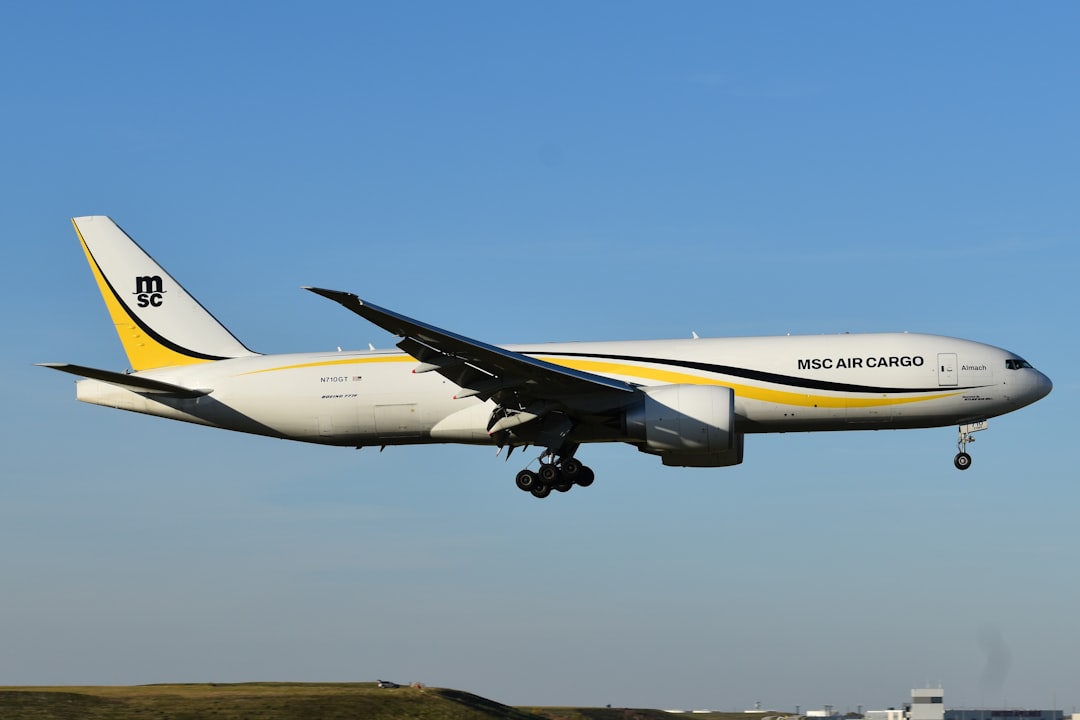
Commercial aviation has revolutionized insect transportation, compressing journeys that would take weeks by ship into mere hours. Airplane cargo holds, passenger cabins, and even the aircraft’s exterior surfaces provide opportunities for insects to hitchhike across continents.
The speed of air travel means insects don’t need to survive extended journeys – they just need to hang on for a few hours. This has dramatically expanded the range of species that can successfully invade new territories. Temperature-sensitive tropical insects that would never survive an ocean voyage can now travel from equatorial regions to temperate climates in a single day.
Airport environments create unique ecological niches where insects from around the world can interact. Heated terminals, food courts, and landscaped areas provide temporary habitats where newly arrived species can establish themselves before dispersing into the broader environment.
Vehicle Hitchhikers: Insects on Wheels

Cars, trucks, and recreational vehicles serve as mobile hotels for insects crossing borders. The gypsy moth spread across North America largely through people unknowingly transporting egg masses on their vehicles. These insects are remarkably adaptable to various surfaces and can survive highway speeds while clinging to bumpers, wheel wells, and undercarriages.
RVs and camping equipment present particularly high risks because they often sit unused for months, providing insects with undisturbed breeding opportunities. When these vehicles cross state or national borders, they can introduce species to regions thousands of miles from their origin points.
The brown marmorated stink bug has become a master of vehicular hitchhiking. These insects actively seek out warm, protected spaces during winter months, making car engines and wheel wells perfect hiding spots. Their ability to remain dormant in these locations allows them to survive long-distance travel while remaining completely undetected.
Mail and Package Deliveries: The Postal Service of Pests

The explosive growth of international e-commerce has created an entirely new pathway for insect invasions. Millions of packages cross borders daily, many containing organic materials that can harbor insects. Online marketplaces have made it easier than ever for people to unknowingly purchase items infested with foreign species.
Insects can survive in surprisingly small packages, especially when they’re in dormant stages. Seeds, dried flowers, wooden crafts, and even books can contain viable insect eggs or larvae. The diversity of items shipped internationally means that virtually any package could potentially contain biological stowaways.
The rise of express shipping has reduced transit times to the point where many insects can survive the journey without entering dormancy. This has dramatically increased the success rate of accidental introductions, as insects arrive in better condition and more likely to establish reproducing populations.
Nursery Plants: Green Gateways for Invasive Species
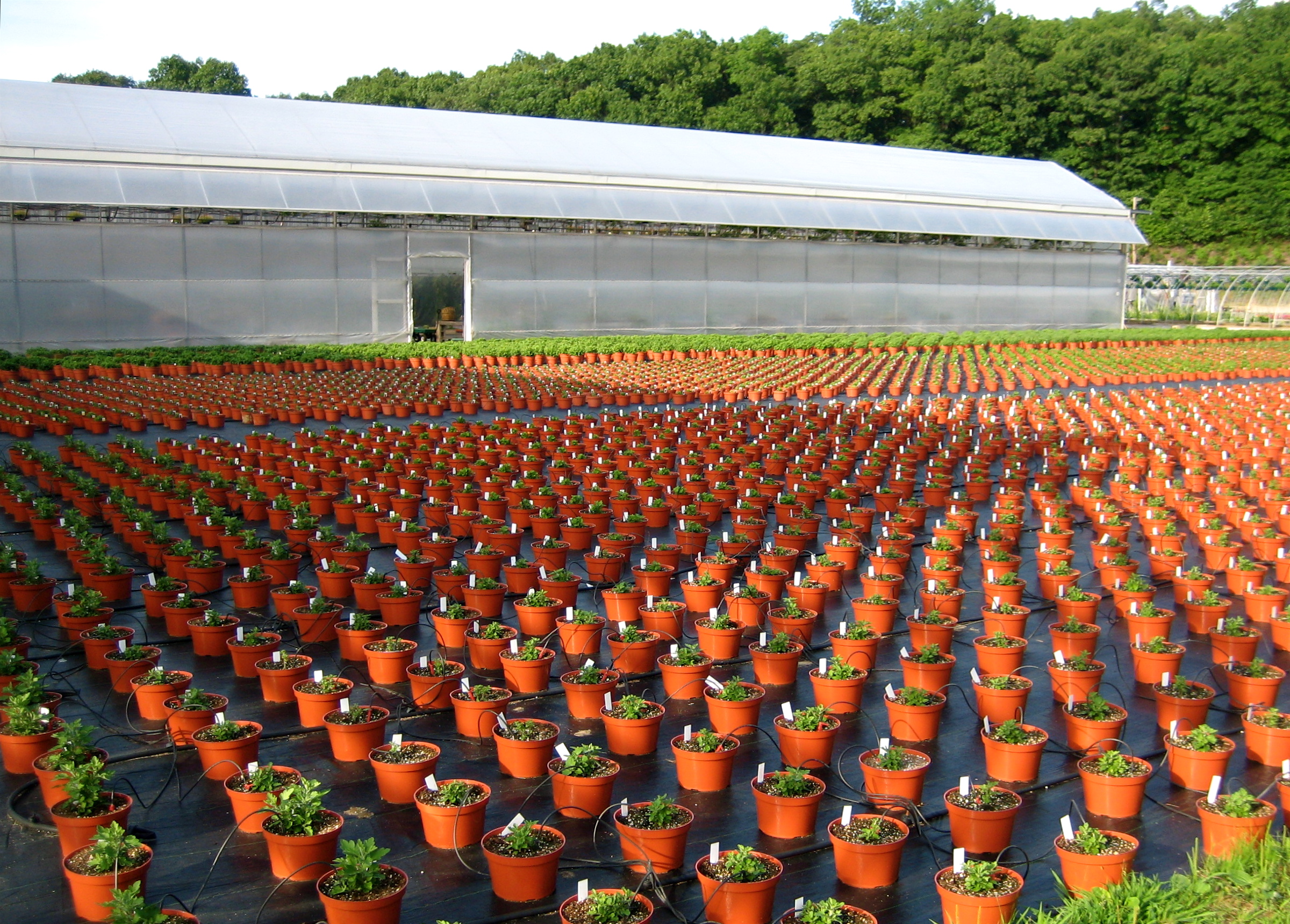
The international plant trade represents one of the highest-risk pathways for insect introductions. Nursery plants are living ecosystems that can support entire communities of insects, from root-feeding larvae to leaf-munching caterpillars. These plants are often shipped with soil, creating perfect habitats for a wide variety of species.
Greenhouse environments used for plant production create artificial ecosystems where insects can thrive year-round. Many invasive species were first detected in commercial nurseries, where they had been breeding undetected for months or even years. The warm, humid conditions and abundant food sources make nurseries ideal launching points for biological invasions.
The Asian longhorned beetle, which threatens North American hardwood forests, was first discovered in nursery stock. These beetles can remain hidden in plant stems for years, emerging only when conditions are optimal for reproduction. By the time they’re detected, they may have already established breeding populations in the surrounding area.
Border Inspection Challenges: Finding Needles in Haystacks
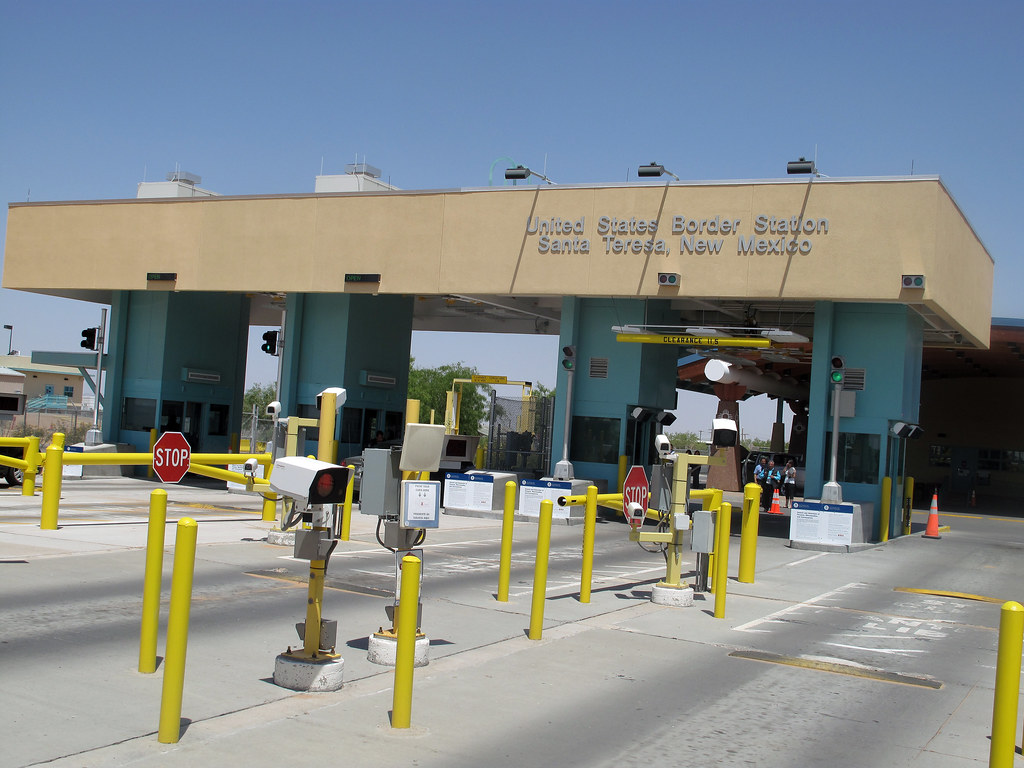
U.S. border protection agencies face an almost impossible task: screening millions of shipments annually for tiny organisms that have evolved to remain hidden. The sheer volume of international trade means that only a small percentage of shipments can receive detailed inspection.
Many invasive insects are incredibly small or cryptic, making visual detection extremely difficult even for trained inspectors. Some species are nearly identical to native insects, while others mimic plant parts or debris so effectively that they’re virtually invisible. Advanced detection technologies exist, but they’re expensive and time-consuming to implement on a large scale.
The most challenging aspect of border inspection is the diversity of potential threats. Inspectors must be familiar with thousands of different species, their life cycles, and their preferred hiding places. New invasive species are discovered regularly, meaning the list of potential threats is constantly expanding.
Climate Change: Expanding the Invasion Possibilities

Rising global temperatures are fundamentally changing the dynamics of insect invasions. Species that previously couldn’t survive in temperate climates are now finding suitable conditions in regions that were once too cold. This climate shift is expanding the potential range of invasive species and making successful establishment more likely.
Warmer temperatures also accelerate insect development, allowing species to complete more generations per year. This increased reproductive potential means that even small founding populations can rapidly expand into major infestations. Many insects that were previously limited by cold winters can now survive year-round in regions where they were once controlled by seasonal die-offs.
The changing climate is also altering the timing of insect activity, disrupting natural control mechanisms and creating new opportunities for invasive species to establish themselves. Native predators and parasites may no longer be synchronized with their prey, giving invasive insects a competitive advantage.
Economic Consequences: The Billion-Dollar Hitchhikers
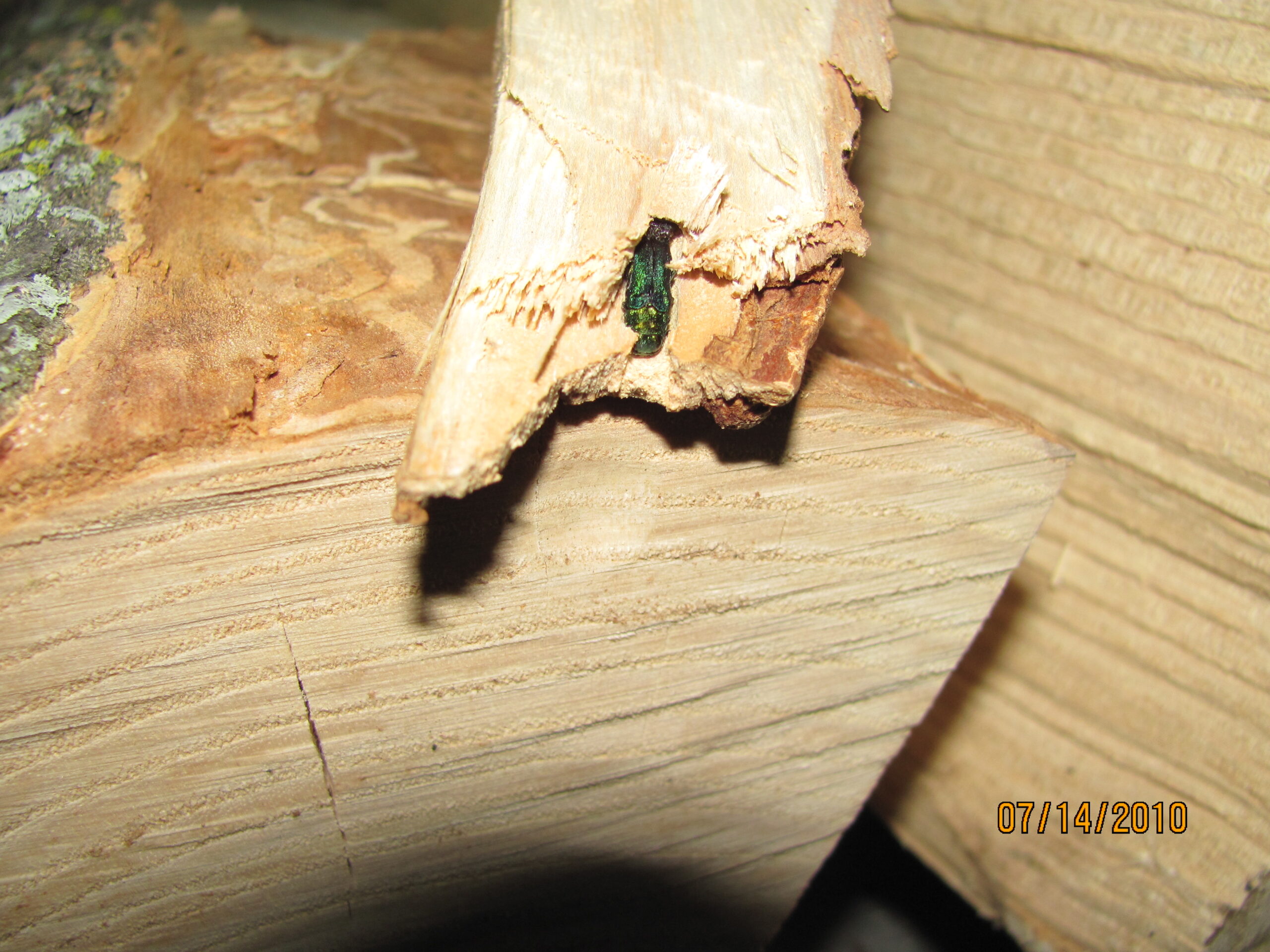
The economic impact of invasive insects is staggering, with damages and control costs reaching billions of dollars annually. The emerald ash borer alone has killed hundreds of millions of ash trees, causing economic losses exceeding $10 billion. These costs include not just the value of dead trees, but also the expenses associated with removal, replacement, and treatment programs.
Agricultural damage represents the most immediate and visible economic impact. Invasive insects can devastate entire crops, forcing farmers to abandon traditional growing practices and invest in expensive control measures. The brown marmorated stink bug causes over $37 million in annual crop damage in the mid-Atlantic region alone.
The ripple effects extend far beyond direct agricultural losses. Invasive insects can disrupt entire food chains, affecting pollination services, timber production, and recreational activities. The loss of ash trees, for example, has impacted everything from baseball bat manufacturing to forest recreation, demonstrating how insect invasions can have far-reaching economic consequences.
Detection Technologies: The Arms Race Against Invisible Invaders
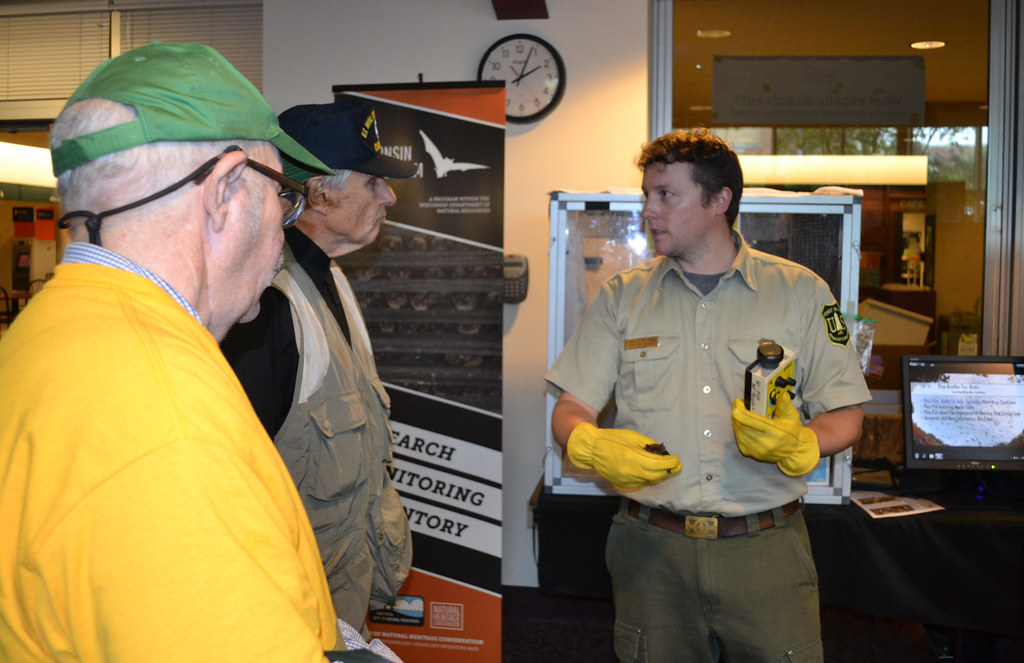
Scientists and border security agencies are developing increasingly sophisticated methods to detect invasive insects before they can establish populations. DNA barcoding allows rapid identification of species from tiny tissue samples, while acoustic monitoring can detect the sounds made by wood-boring insects inside shipping materials.
Artificial intelligence and machine learning are revolutionizing insect detection, enabling computers to identify species from photographs with greater accuracy than human experts. These systems can process thousands of images per hour, dramatically increasing the efficiency of screening operations.
Pheromone traps and other chemical detection methods are becoming more sensitive and species-specific. These tools can detect the presence of invasive insects at extremely low population levels, allowing for early intervention before infestations become established. However, the development of new detection technologies is expensive and time-consuming, and insects continue to evolve new ways to avoid detection.
Success Stories: Victories in the War Against Invasive Insects
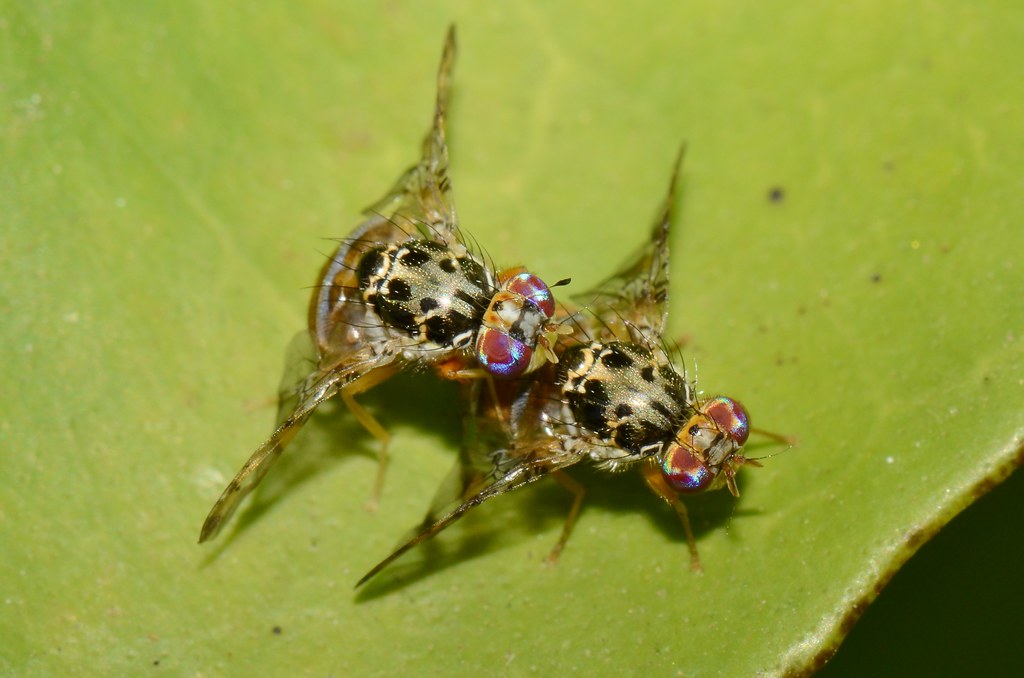
Despite the challenges, there have been remarkable success stories in preventing and controlling insect invasions. The Mediterranean fruit fly has been successfully eradicated from California multiple times through rapid response programs that combine intensive monitoring with targeted control measures.
Early detection programs have prevented countless potential invasions by identifying and eliminating small populations before they could establish. The cooperative efforts between federal agencies, state departments of agriculture, and international partners have created a network of surveillance and response capabilities that have saved billions of dollars in potential damages.
Biological control programs have provided long-term solutions to some invasive insect problems. The introduction of natural enemies from the insects’ native ranges has successfully controlled several major pests, including the alfalfa weevil and the winter moth. These programs demonstrate that with careful planning and execution, invasive insect populations can be managed effectively.
Future Challenges: Preparing for Tomorrow’s Invaders

The future of insect invasions will be shaped by several converging trends: increasing global trade, climate change, and the evolution of new invasive species. Scientists predict that the rate of new introductions will continue to accelerate, driven by the expansion of international commerce and the growing connectivity of global ecosystems.
Emerging technologies like CRISPR gene editing and synthetic biology could create entirely new categories of invasive species. While these technologies offer tremendous potential for controlling existing pests, they also raise concerns about the accidental or intentional creation of new biological threats.
The challenge for the future will be developing adaptive management strategies that can respond to rapidly changing conditions. This will require improved international cooperation, better information sharing, and more flexible regulatory frameworks that can keep pace with evolving threats.
Taking Action: How Everyone Can Help
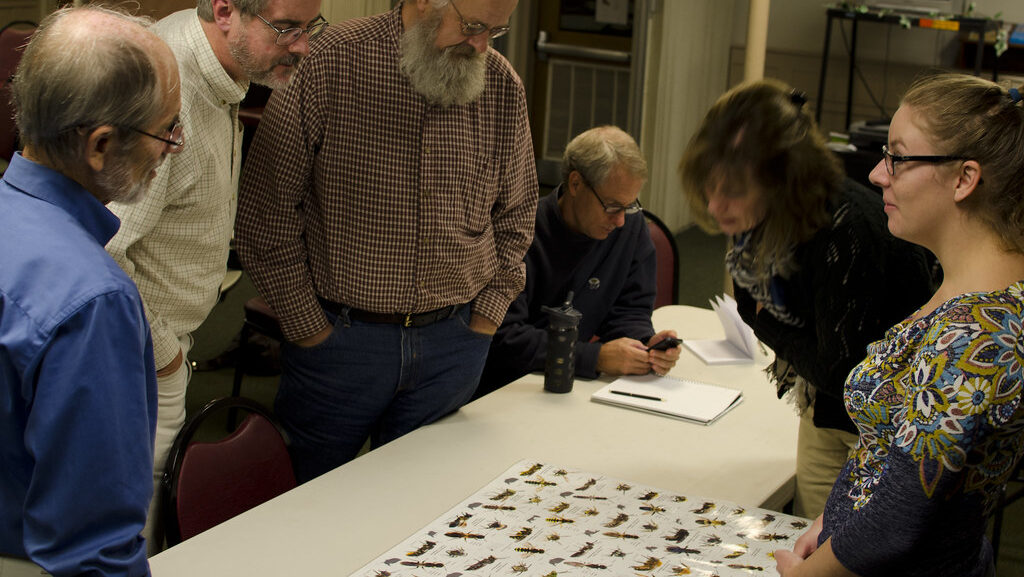
Preventing insect invasions isn’t just the responsibility of government agencies – everyone has a role to play. Simple actions like cleaning vehicles after traveling, inspecting plants before purchasing them, and reporting unusual insects can make a significant difference in preventing new invasions.
Public awareness and education are crucial components of invasion prevention. Many successful early detections have come from observant citizens who noticed something unusual and reported it to appropriate authorities. Training programs for gardeners, farmers, and outdoor enthusiasts can multiply the effectiveness of professional monitoring efforts.
Supporting research and monitoring programs through citizen science initiatives provides valuable data while engaging the public in conservation efforts. Projects like iNaturalist and eBird demonstrate how technology can harness the power of crowd-sourcing to address complex ecological challenges. The battle against invasive insects requires vigilance from everyone, but with continued effort and cooperation, it’s a battle we can win.
Conclusion
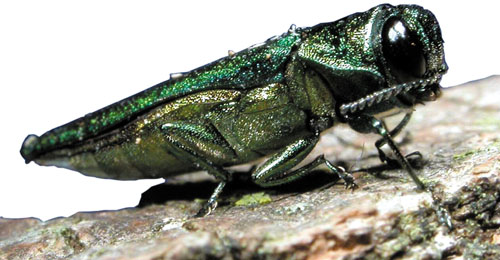
The next time you see an airplane overhead or a cargo ship on the horizon, remember that they’re carrying more than just goods and passengers. They’re part of a global transportation network that has fundamentally changed how life moves around our planet. Will we be able to stay one step ahead of these microscopic travelers, or are we destined to share our ecosystems with an ever-growing army of uninvited guests?

